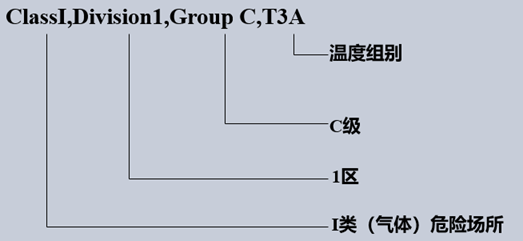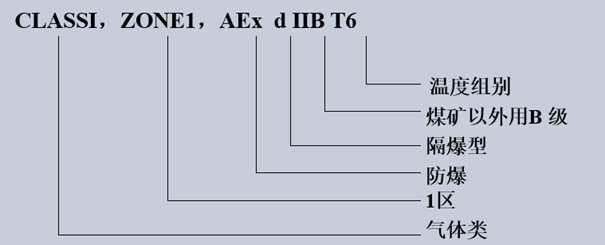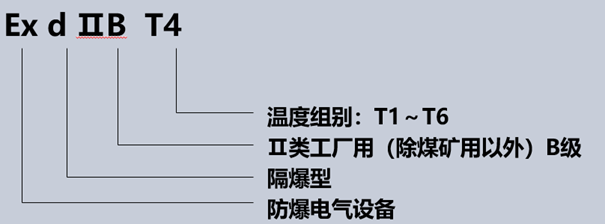
We know that the explosion-proof system in North America is very different from that in China/IEC/EU regions. Not only do they implement different standards, but their explosion-proof signs also differ greatly.
1. The National Electrical Code standard is widely adopted in North America. The identification of NEC explosion-proof electrical equipment differs significantly from the representation method specified by IEC. Generally, the explosion-proof type is not indicated, only the applicable category, zone, level, and temperature group are indicated. The current explosion-proof standards mainly include UL913 and TIA4950
2. The IEC and Chinese GB standards indicate their explosion-proof labels, explosion-proof structures, categories and levels of electrical equipment, and temperature groups.
The above two types of explosion-proof labels have their own advantages and disadvantages, but according to Chinese standards and regulations, the NEC label is not suitable for China's national conditions.
for example
NEC500 represents:
The characteristics of this symbol: For users, they do not need to know the explosion-proof structure type of the electrical equipment, but only need to confirm the environment used, the level of explosive hazardous media, and the ignition temperature group.
NEC505 represents:

IEC and Chinese standards indicate: Ex+explosion-proof structure+category+level+group
For example:

For example:
Exe II T2
Indicating: Temperature group T2 for increased safety factories (allowing equipment to generate heat at temperatures below 300 ℃).
Exedia [ia] Ⅱ CT6
Indications: For increased safety, explosion-proof, and intrinsic safety (including safety barriers) factory use Class C temperature group T6 (allowing equipment heating temperature to be below 85 ℃). Generally, electrical equipment with this explosion-proof symbol is an explosion-proof electrical system.